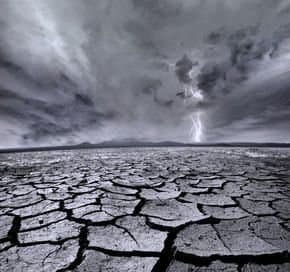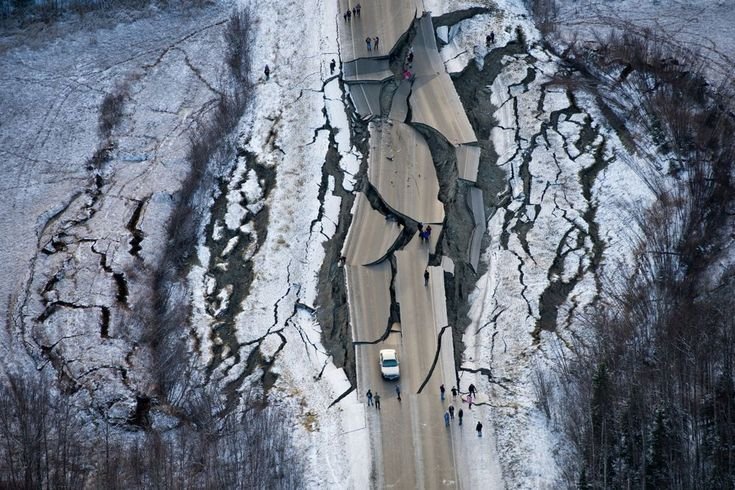Natural disasters are devastating events caused by natural processes of the Earth, including earthquakes, hurricanes, floods, wildfires, tsunamis, and droughts. These events often result in significant loss of life, property damage, and environmental degradation. This article explores some of the most significant natural disasters occurring today, their impacts on communities, and the strategies being implemented to enhance preparedness and resilience.

1.Hurricanes and Typhoons
Hurricanes and typhoons, also known as tropical cyclones, are among the most powerful and destructive natural disasters. These storms are characterized by strong winds, heavy rainfall, and storm surges, which can lead to widespread flooding and property damage. Recent years have seen an increase in the intensity and frequency of these storms, largely due to rising sea temperatures and climate change.
Impact of Recent Hurricanes: In 2023, Hurricane Ian struck the southeastern United States, causing catastrophic flooding and wind damage in Florida. The storm led to over 100 fatalities and billions of dollars in damage, highlighting the vulnerabilities of coastal communities to extreme weather events. Similarly, Typhoon Rai, which hit the Philippines in late 2021, resulted in widespread destruction, displacing thousands of people and causing significant damage to infrastructure and agriculture.
Preparedness and Mitigation Strategies: To reduce the impact of hurricanes and typhoons, many countries are investing in early warning systems, emergency response plans, and infrastructure improvements. For example, the National Hurricane Center in the United States provides real-time tracking and forecasting of storms, enabling communities to prepare and evacuate if necessary. Additionally, coastal defenses, such as sea walls and storm surge barriers, are being constructed or reinforced to protect vulnerable areas from flooding.

2.Earthquakes
These seismic events can cause massive destruction, particularly in densely populated urban areas with inadequate building standards. Earthquakes are difficult to predict, making preparedness and resilient infrastructure critical for minimizing their impact.
In 2022, a magnitude 6.8 earthquake struck Ecuador, causing landslides and significant structural damage in several cities.

Building Resilience: In earthquake-prone regions, building codes and construction practices play a crucial role in reducing damage and saving lives. Countries such as Japan and Chile have implemented stringent building standards that require structures to be designed to withstand seismic forces. Public education and earthquake drills are also essential components of preparedness, helping communities to respond quickly and effectively in the event of an earthquake.
3.Floods
Floods are one of the most common and widespread natural disasters, often caused by heavy rainfall, storm surges, or the rapid melting of snow and ice. Floods can lead to significant loss of life, damage to property, and disruption of essential services. With climate change contributing to more intense and frequent rainfall events, the risk of flooding is increasing globally.
Catastrophic Flooding Events: In 2022, severe flooding in Pakistan affected over 33 million people, killing more than 1,700 and causing extensive damage to homes, roads, and agricultural land. The floods were triggered by record monsoon rains and glacial melt, exacerbated by the effects of climate change. Similarly, in 2023, parts of California experienced unprecedented flooding following a series of atmospheric river events, overwhelming the state’s water management infrastructure and leading to significant economic losses.
Flood Management and Mitigation: Effective flood management involves a combination of structural and non-structural measures. Non-structural measures, such as land-use planning, early warning systems, and community preparedness programs, also play a vital role in reducing the impact of floods. In the Netherlands, for example, a combination of innovative engineering solutions, such as floating houses and flood-resistant infrastructure, has made the country a global leader in flood management.



